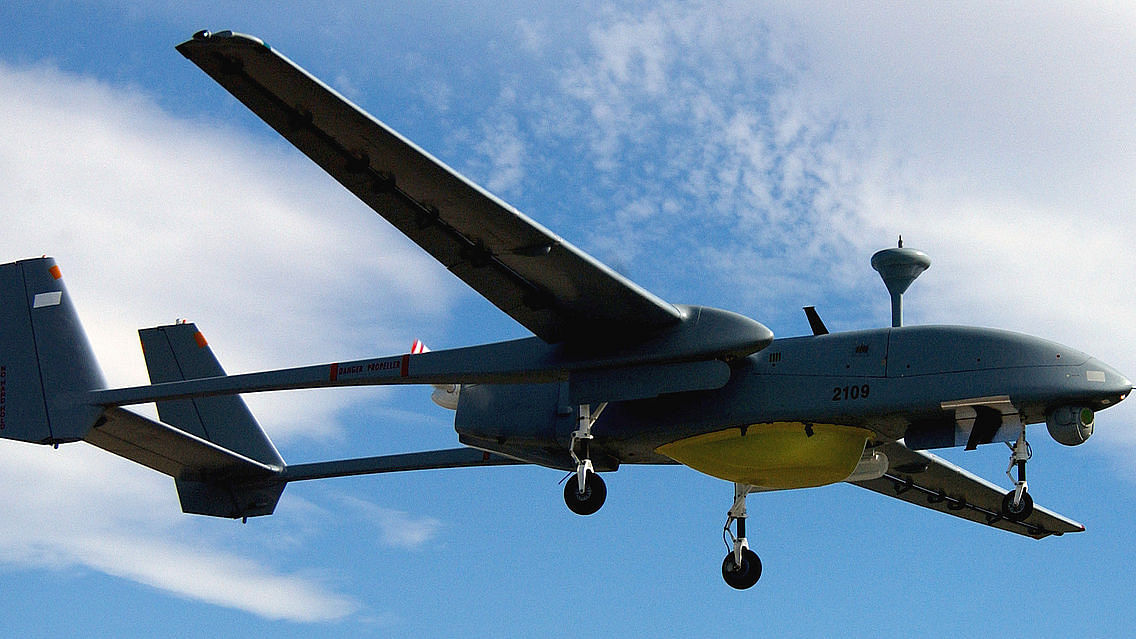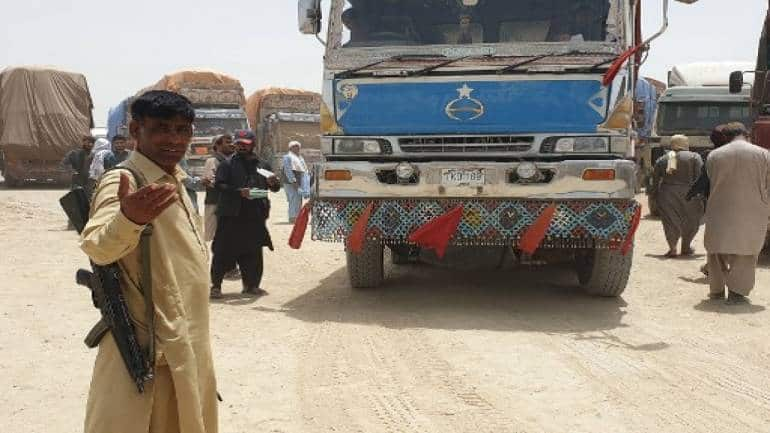WORKING TO DEVELOP DRONE TECH IN LIGHT OF RECENT EVENTS, DRDO ON IT, CDS RAWAT SAYS
The CDS also warned that drones and swarms being used in warfare would be witnessed in large numbers in the future
India has to start preparing for the future generation of warfare, Chief of Defence Staff (CDS) General Bipin Rawat said on Monday, days after a drone, in a first-of-its-kind strike, dropped two bombs at Indian Air Force (IAF) station in Jammu.
Speaking on the need for acquiring anti-drone technology in an exclusive interview, Gen Rawat said drones, swarms and other such elements “change the very nature and character of warfare". He said the Indian Army is “quite concerned" and has been working on countering drone technology.
“The Defence Research and Development Organisation (DRDO) has made some success and has demonstrated their capability to counter drones," he said.
While the Indian Armed Forces is working in an integrated manner to counter drones, the Air Force will be leading the efforts. “Army, Navy and Air Force are working in a joint and integrated manner. However, we have taken the call that Air Force should become the lead agency on coordinating all efforts on how we evolve in countering drones in the future," he said.
The CDS also warned that drones and swarms being used in warfare would be witnessed in large numbers in the future. “We have seen these capabilities in our adversaries and this is something that we are preparing for."
“With how DRDO is now progressing, along with some civilian agencies, our academicians in IITs, we are all working together to ensure that we can counter this threat at the earliest," he added.
On claims of India being late to acquiring and using drones and anti-drone technologies, Gen Rawat said India had acquired drone in large numbers. “We are also looking at acquiring a very modern sophisticated drone that is available in the world market, but at the same time, I think our drone technology is also evolving."
“It is not an easy technology because we lack the technology to build the engine of our aircraft, but I think we are moving in the right direction."
He emphasised that the IAF has been aware of drone technologies as they are the “future of warfare" now. “We must also acquire drones as combat systems. But at the same time, we also need to develop technologies for countering it. This technology is being worked upon across the world, and not everybody has this technology available."
India’s focus has been on indigenisation, and “we have partially succeeded," he said. “I’m sure this process will be hastened up, especially in the wake of the recent incident."
On the question of the technology’s evolving nature and the “surprise" factor of using such weapons, Gen Rawat said all of these technologies that use the electromagnetic spectrum need to be countered in the same manner. “One is the physical destruction of drones which is not an easy solution since they are small and not easily detected by radars. So we need to have physical surveillance of the entire space, particularly in vulnerable spaces."
Gen Rawat also emphasised it is more important to develop electronic technology to bring down these drones.
The CDS also warned that drones and swarms being used in warfare would be witnessed in large numbers in the future India has to start prepar...

www.indiandefensenews.in


 theprint.in
theprint.in

 www.defenceaviationpost.com
www.defenceaviationpost.com

